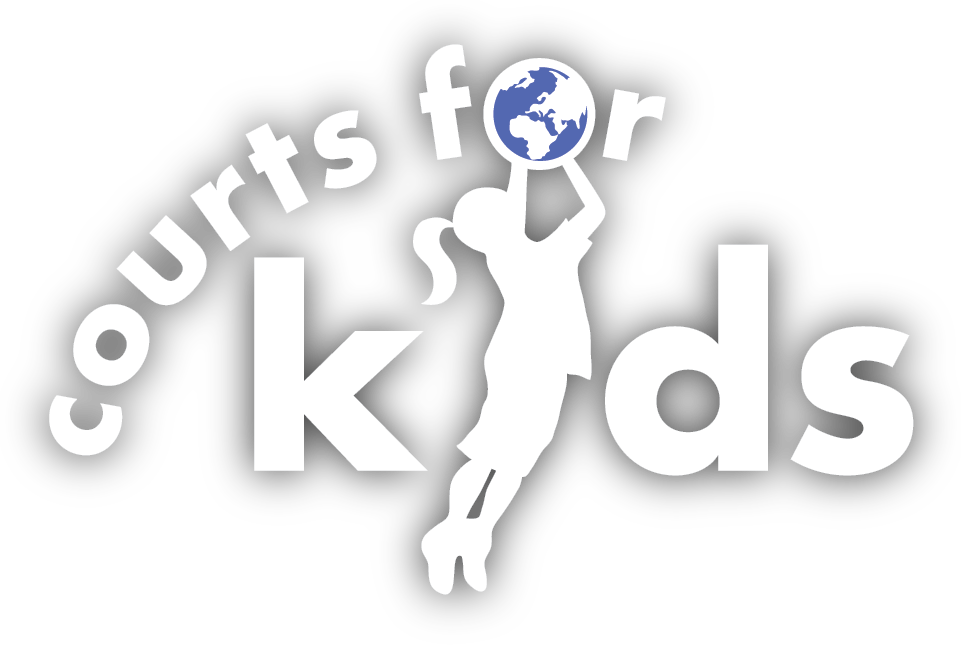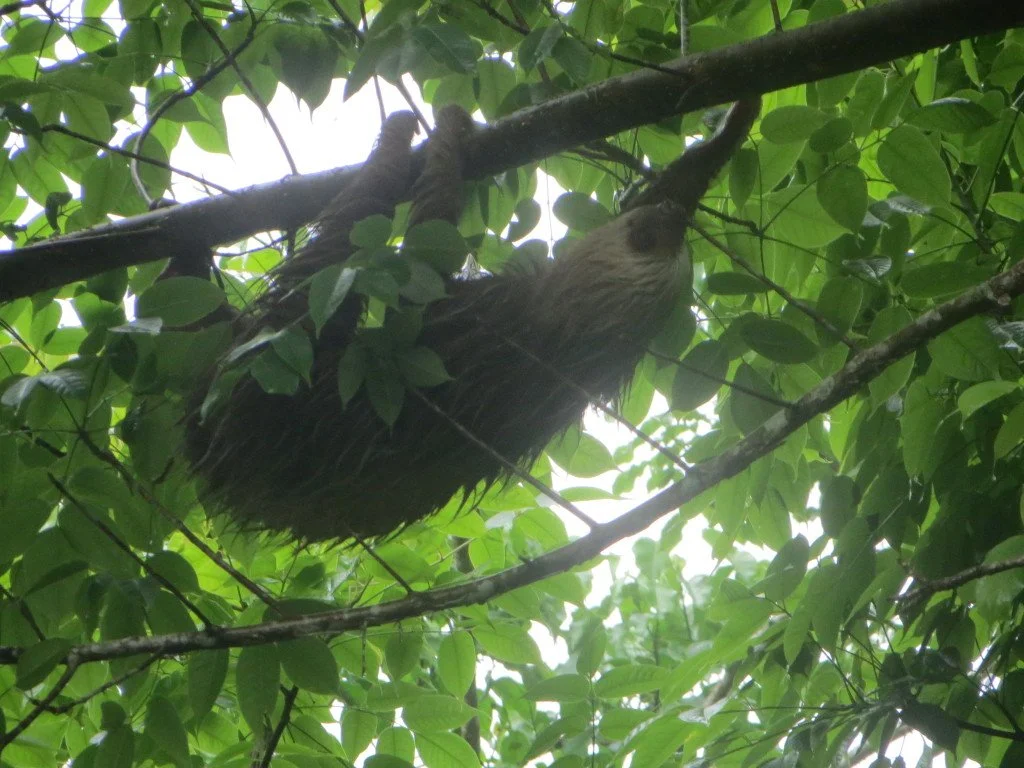St Johns Toledo and Jesuit NOLA students to Panama
It was late May, a sunny May, a perfect May that almost seemed like January (when Panama’s dry season is). And after almost a full month of blue bright skies, Panama weather was too excited to see a group of 24 volunteers arrive from Jesuit New Orleans and St. John’s, that it let the rain come, and what a downpour! The community had done their best to have everything ready for this amazing group of volunteers and even though the rain made a big disaster on the court prep work and its surroundings (red slippery clay!) we arrived to the community through the narrow roads of the community of Buenos Aires, Chilibre with a lot of smiling and curious faces of kids and adults. Among all of them we could see the big smile and arms wide open of Xenia Medina, community leader and founder of a local foundation (Fundacion Chilibre) that helps kids of Chilibre through different educational, cultural and recreational programs and activities. We set up our beds, over 20 people in one room with A/C, which was a big surprise for the group, and we talked to the team of Fundacion Chilibre about their community, their culture, traditions, challenges and day to day life. After that we went to bed without knowing what was coming the next day. We were on high spirits, ready to work really hard, and it was great, because the next day we had a great surprise!
The court area was super muddy and the court itself was so muddy that it was impossible to pour any concrete on it right away. This might have let most people think that there was nothing to be done, and it was something too hard to do. But nothing was “too hard” to break the spirits of this group, and so, what did we do? WE PUT OUR HANDS ON WORK! We started cleaning up the mess that the rain left, fixing mud, starting to set forms for when the dirt inside was dry enough to pour concrete. We were working hard, but then we realized that the dirt was way too wet, and that if we wanted to finish this court before we left we needed to make a quick decision about what we were going to do. And so the bulldozer came on the scene and he took out all the wet dirt and put in new dirt that had to be compacted, filled, and compacted and so it went for a whole day.
There we found the opportunity to connect and interact with the locals, talking with them, learning about their families, their lives, playing soccer and walking around the community. This really strengthened the relationship within the team of US volunteers and with the community. When we were ready to work on the court (by the 3rd day) there was a good vibe and energy working together. We worked really hard for 2 days and a half, probably the hardest of our entire lives, but the gratification of seeing the progress was just as big as the tremendous work that had to be done.
After the 2 days of a lot of work, considering that the mixer never worked and we had to do manual mixing, the group needed a break to recharge energies! And so we visited the Madden dam, one of the most important water suppliers of the Panama Canal. And we also visited Puerto Corutu, where indigenous communities neighboring Chilibre take boats to get to their houses. To top it off, we saw a sloth on the way back! When we got back to the community, the people had organized themselves to surprise the group with a court that was almost finished! (We were missing about 5/6 of the court!) And so that same day we finished the court, in high spirits, happy faces, laughter and hugs.
The next day, the group got the chance to visit Panama City. We visited the Panama Canal museum and the Miraflores Locks, Casco Viejo and its rich, colonial history. We saw a lot, and we learned a lot during the city tour. Being able to see the big contrast between Chilibre and Panama City in a trip that was less than 2 hours long, was definitely something to talk about in our reflection that night.
When we got back to the site, the inauguration happened, with a lot of kids all over the place, and an amazing soccer game where we all had a lot of fun and we could see how incredibly skilled the locals of Chilibre are! After the game we ate, and we shared our last night in the community with laughter, jokes, music and games with the kids.
The next morning, the bittersweet moment of saying goodbye came, and we left on the bus looking through the window at the waving, smiling faces of the amazing people of Chilibre. These people that worked with us so hard during a week to build the court despite the multiple challenges and obstacles.
“I feel as though this trip has changed my vision of the world in general, before this trip I knew nothing about Panama except the canal. I learned about everything from the history of the colonial Panama to the culture and traditions. I also saw first-hand the disparity between Latin-America’s fastest growing economy and the poorer people of Panama. This new knowledge has deeply impacted me and I wont soon forget it.” - Cameron Armand
“This trip was very illuminating in that it gave me great insight into Panamanian culture, customs and history. An important lesson was finding that the local people do things a bit differently than my community at home. They have a lot of pride in their work and lives, and they enjoyed sharing it with us. I also learned a large amount about the Panama Canal, which was a fantastic bonus for the experience” - Adam Dane
“I learned from the community that happiness is possible in any situation. The locals were not depressed by their poverty. And were always happy. The kids were always playing some games and having fun. This, no matter how bad things get, happiness is always available.” - Benji Creel










